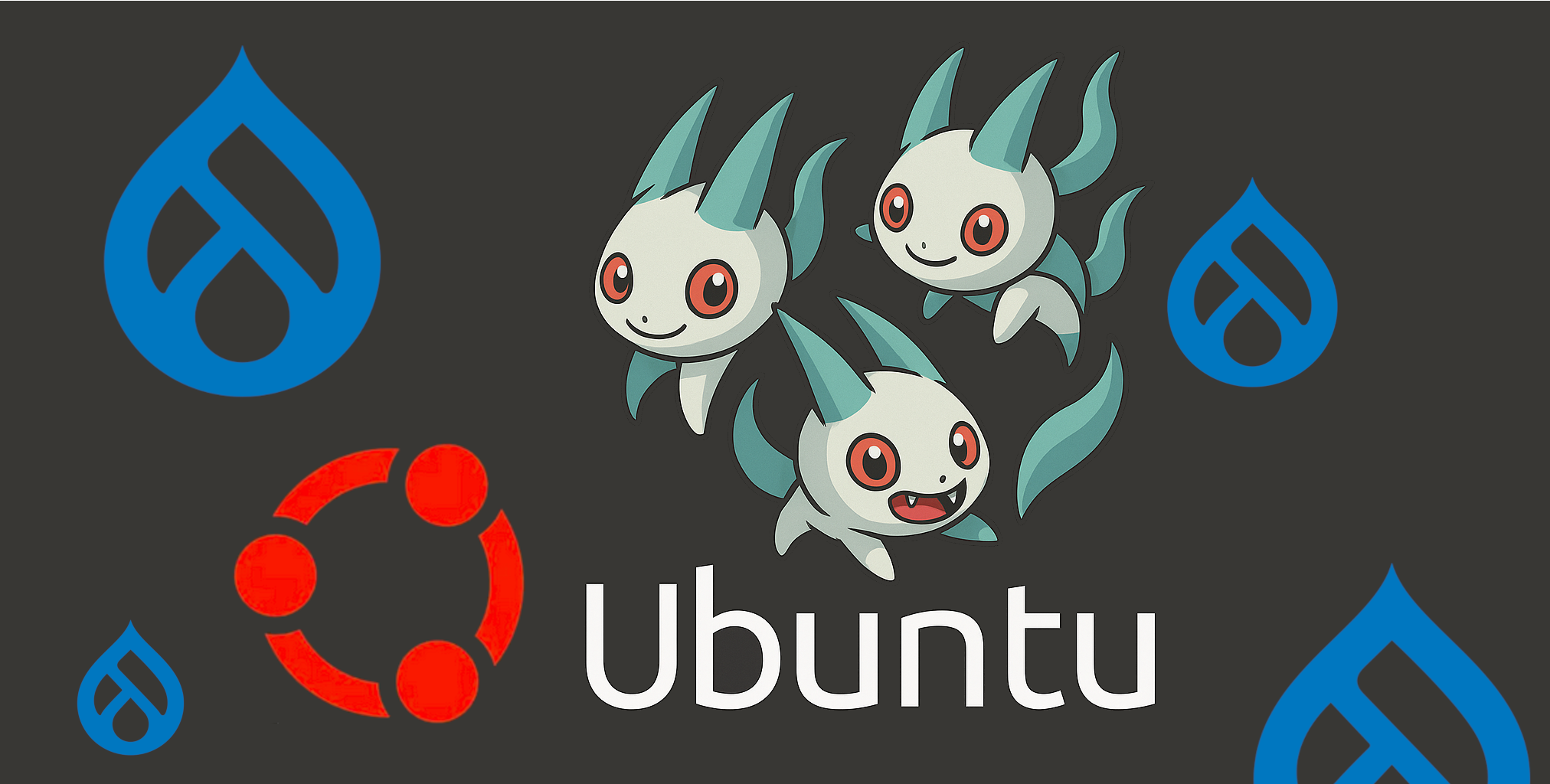
Introduction: The Need for Speed in Drupal
In the modern digital landscape, the speed of your website is synonymous with its success. For developers and site owners leveraging Drupal, a powerful and flexible Content Management System (CMS), achieving high-performance scalability is a perennial challenge.
Drupal's reliance on its database for storing configuration, content, and especially the vast majority of its cache bins, can quickly turn into a significant bottleneck under heavy traffic. Every page load, particularly for dynamic content, triggers numerous database queries to fetch cached objects (e.g., blocks, menus, views results).
To break free from this database dependency and unlock the full potential of a high-traffic Drupal site, an external, in-memory object caching system is essential. Memcached, a high-performance distributed memory object caching system, is a veteran and powerful tool in the arsenal of Drupal optimization.
This article will explore the core benefits of integrating Memcached and provide a structured overview of the integration process.
Prerequisites
To follow this tutorial, you will need:
Ubuntu 22.04, 20.04, 18.04 or older server with a sudo non-root user.
Installed Memcached service.
Installed Drupal 11,10,9,
installed Drush
LAMP Stack,
Why Memcached is Drupal's Best Ally
Memcached works by shifting the responsibility of managing frequently accessed, non-persistent data from the slower, disk-based database to the lightning-fast server RAM. The key benefits for a Drupal site are immediate and substantial:
- Massive Database Offloading: The most significant gain is the reduction in database load. By storing cache tables (like cache_data, cache_render, and cache_menu) in memory, the server avoids hundreds of disk I/O operations per second, freeing up MySQL to handle only essential, non-cacheable data operations.
- Sub-millisecond Cache Lookups: Data retrieval from RAM is exponentially faster than from a hard drive. Memcached delivers cached objects in sub-millisecond times, directly translating to a dramatic reduction in Time To First Byte (TTFB) and overall page load times.
- Enhanced Scalability and Stability: For large, multi-server environments, Memcached is distributed. This allows multiple web servers to share a common pool of cache memory, preventing cache duplication and ensuring horizontal scaling does not introduce performance degradation.
- Moving Locks and Sessions to Memory: Modern Drupal Memcached modules allow you to shift the core locking system and user session management out of the database. This is a critical step, as the semaphore and sessions tables are often sources of intense database contention, which Memcached eliminates by handling these operations directly in memory.
Setup: The Few Steps Integration Process
Successfully integrating Memcached requires the execution of a few tasks across the server, PHP environment, and the Drupal application itself.
For Drupal (and PHP) to communicate with the Memcached daemon, a PHP extension is required.
"php[PHP-VERSION]-memcached"
Refer to your Drupal installation to get the current PHP version. (Version of memcached php package)
Use Composer (the recommended method for modern Drupal versions) to download Drupal Memcache module.
Use Drush command to enable the Memcache module.
Alternative way to enable the Memcache module is to use Drupal Admin UI, "Extend" page.
Use Drush command to rebuild Drupal cache.
Summary
A Mandatory Optimization
Integrating Memcached with Drupal is no longer an advanced optimization technique — it is a mandatory step for any site expecting moderate to high traffic.
By effectively moving the most I/O-intensive part of the application to the cache, to a high-speed memory layer, developers can alleviate database strain, dramatically improve TTFB, and ensure a more stable and scalable platform. While the initial setup requires attention to server, PHP, and Drupal configuration, the resulting performance leap is well worth the effort, delivering a faster, more reliable experience for every site visitor.
